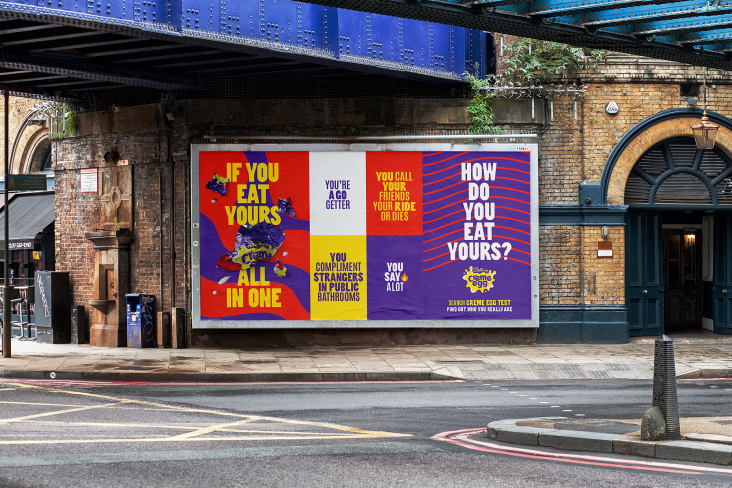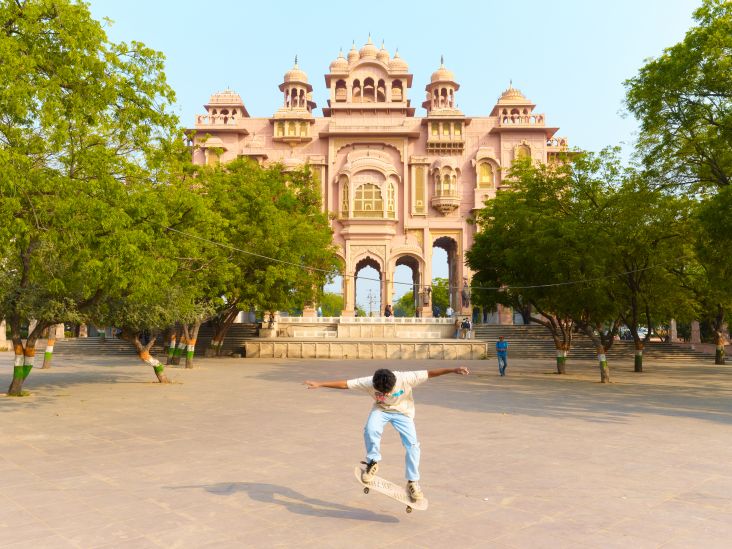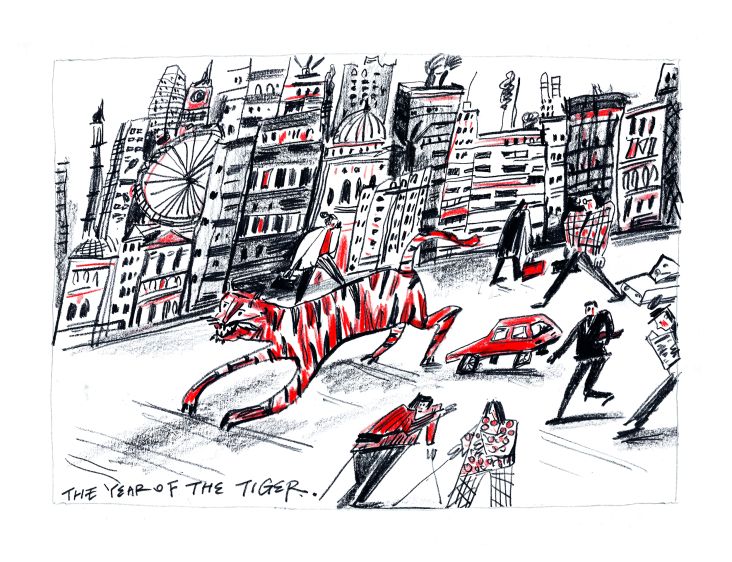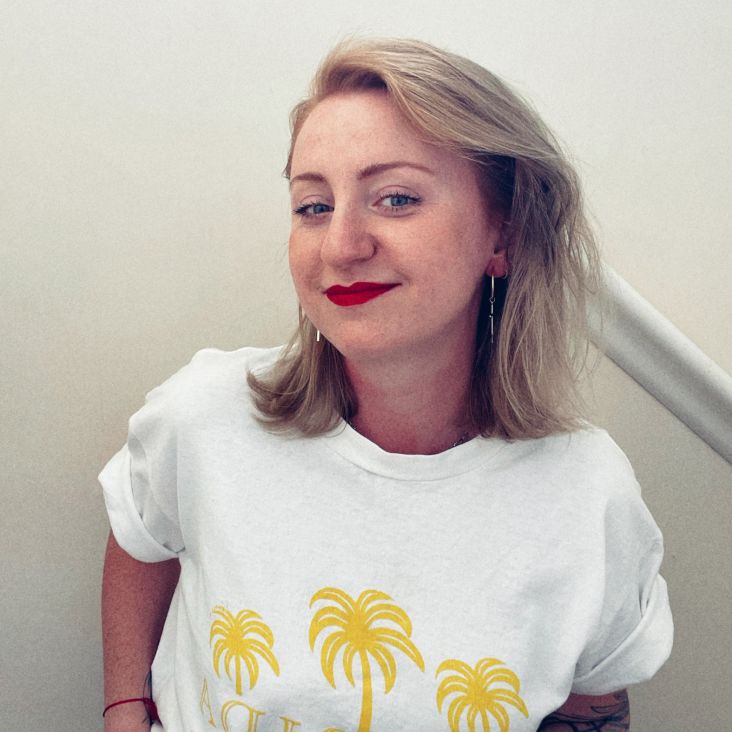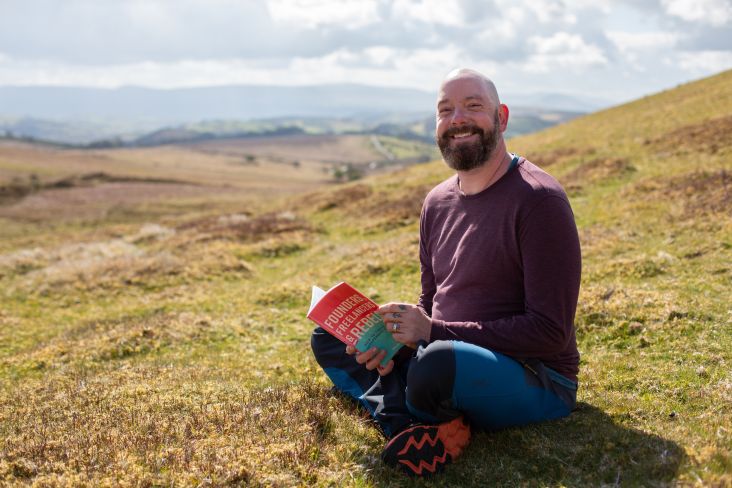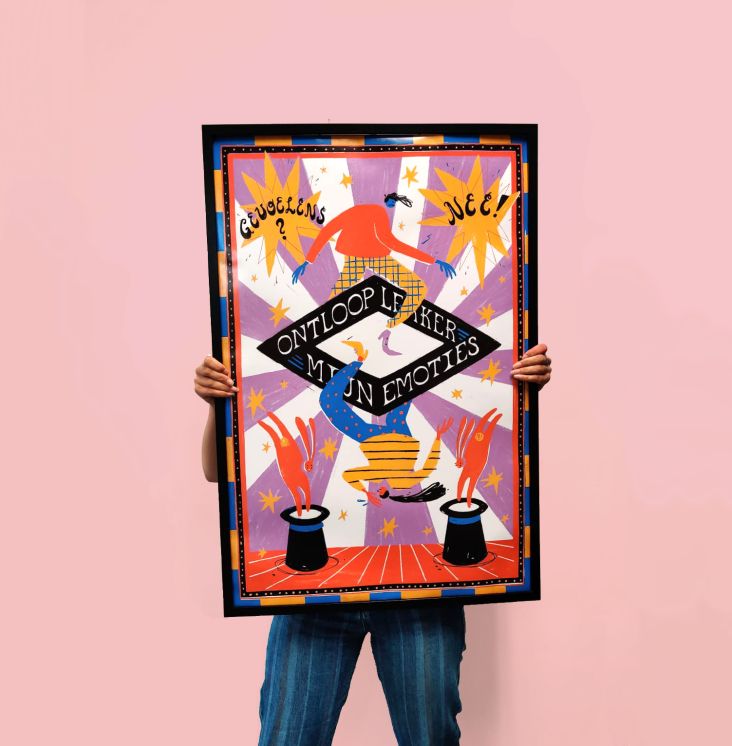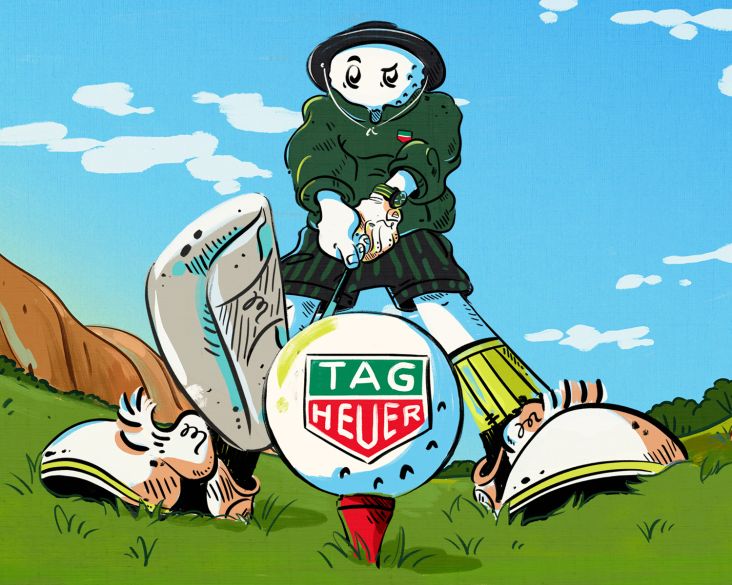Behind Blue Eyes: Ukrainian children photo their lives in joyful charity art project
For the last two years, the volunteer-run charity art project Behind Blue Eyes has shown the value of creativity to Ukrainian children by asking them to capture their lives with disposable film cameras. The resulting photos create a remarkably hopeful portrait of a country ravaged by war and even make dreams come true in the process.
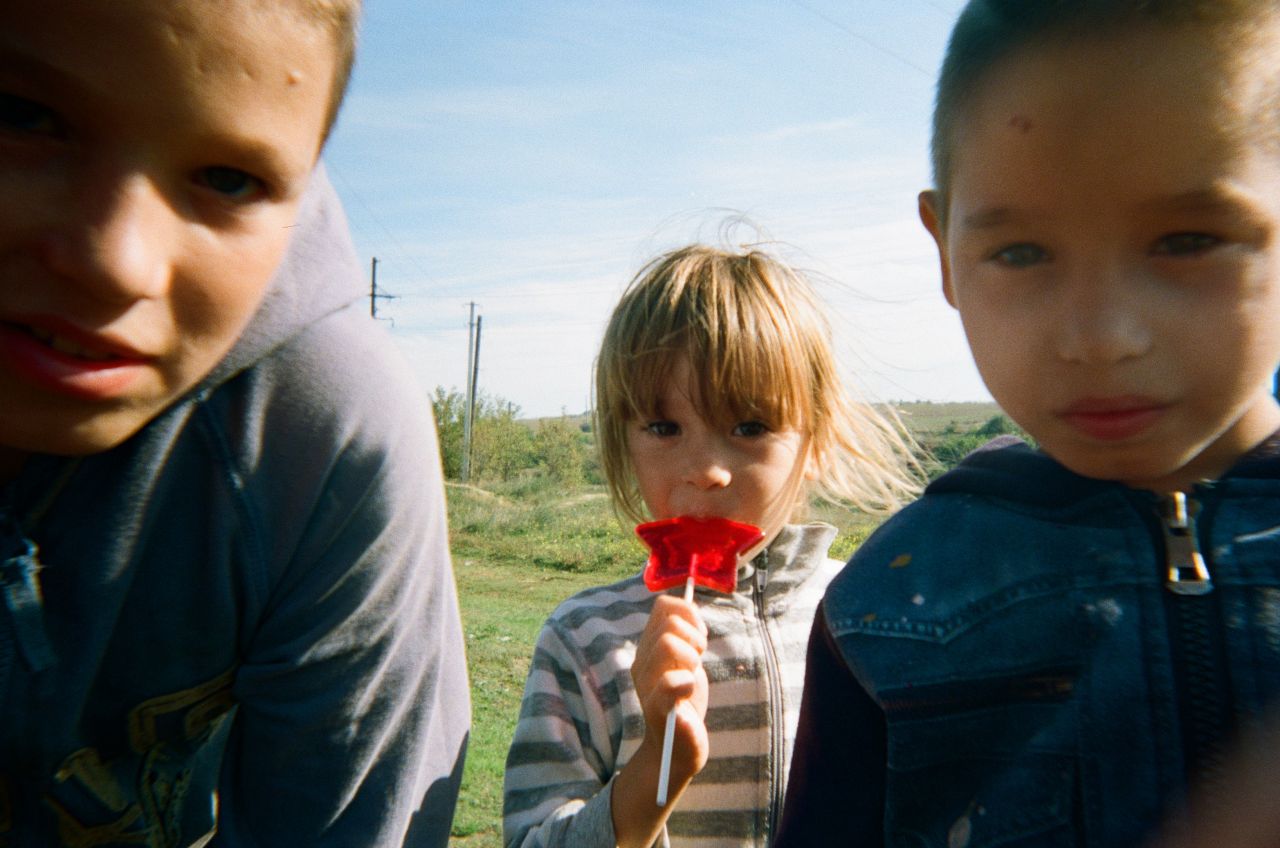
The last two years have seen Ukraine change beyond recognition. Russia's invasion has displaced millions and left cities in ruins. And while these images are sadly all too familiar, thanks to the news, they don't tell the full story. Amongst this carnage, there is hope, optimism, and joy. And it's all being captured by the children of Ukraine.
With the help of Behind Blue Eyes, boys and girls are given film cameras and are left to their own devices to document their lives on their own terms. After a week, the cameras are returned to the volunteers, who then publish them and collect rewards for the young photographers from their wishlists.
So far, more than 2,500 photos have been taken by over 1,350 children who live on the front line in liberated villages. These include 17 villages that endured the brunt of the invasion and have been transformed the most. Over 200 dreams have been fulfilled by the wishlist scheme, with hopefully many more set to come true soon.
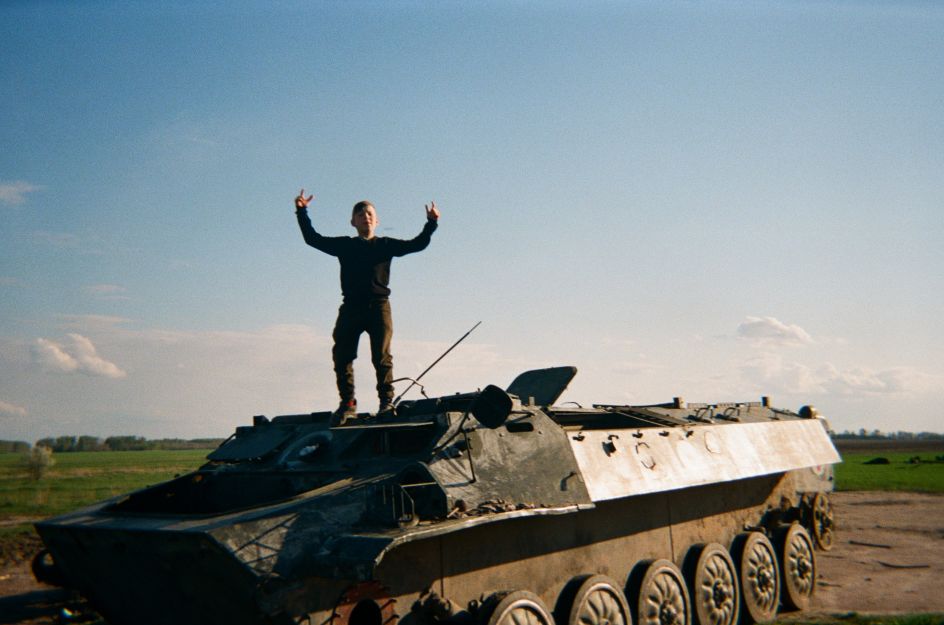
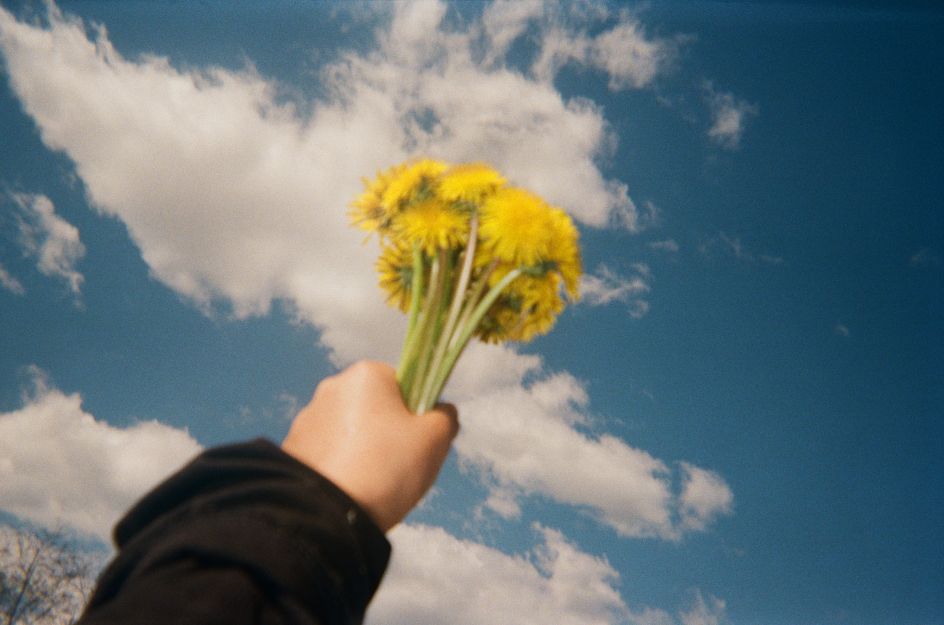
Speaking to Creative Boom, Artem Skorohodko, co-founder of the Behind Blue Eyes project, says that the project started in the village of Lukashivka in the Chernihiv region. Here, volunteers delivered food to locals who had survived the occupation and met children who had hidden in cellars directly under heavy shelling.
"Visually, they do not broadcast the tragedy to the outside world," Artem explains. "But the tragedy that lives inside them is another question. They are still small and unable to convey their emotions verbally, but they somehow express themselves through photography.
"Some of the children captured the devastation. They had all these images of bombed-out houses and military equipment. Whereas others photographed animals and flowers. It touched us, and we realised it would be a good story about how we came to a de-occupied village and gave gifts to children."
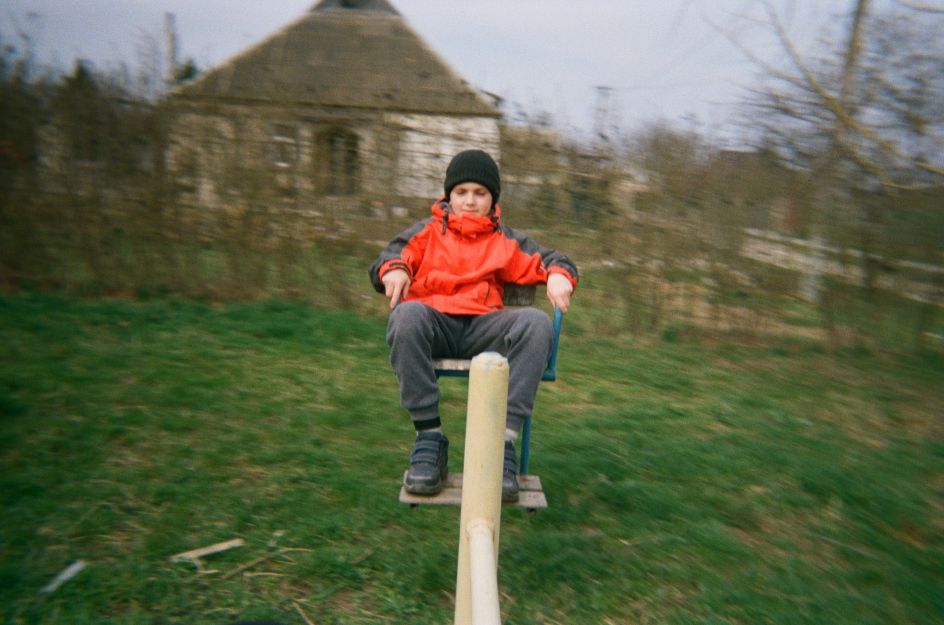
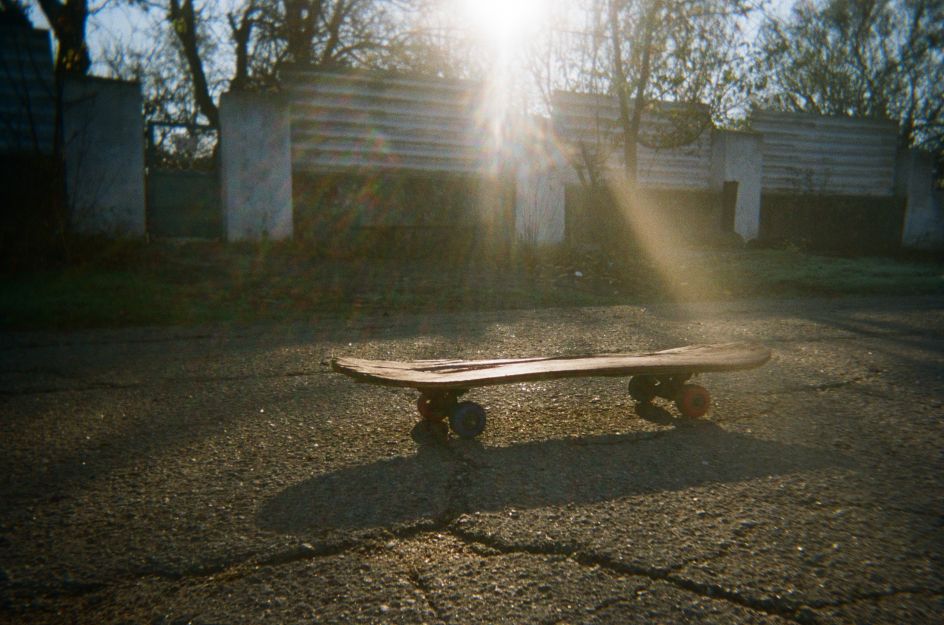
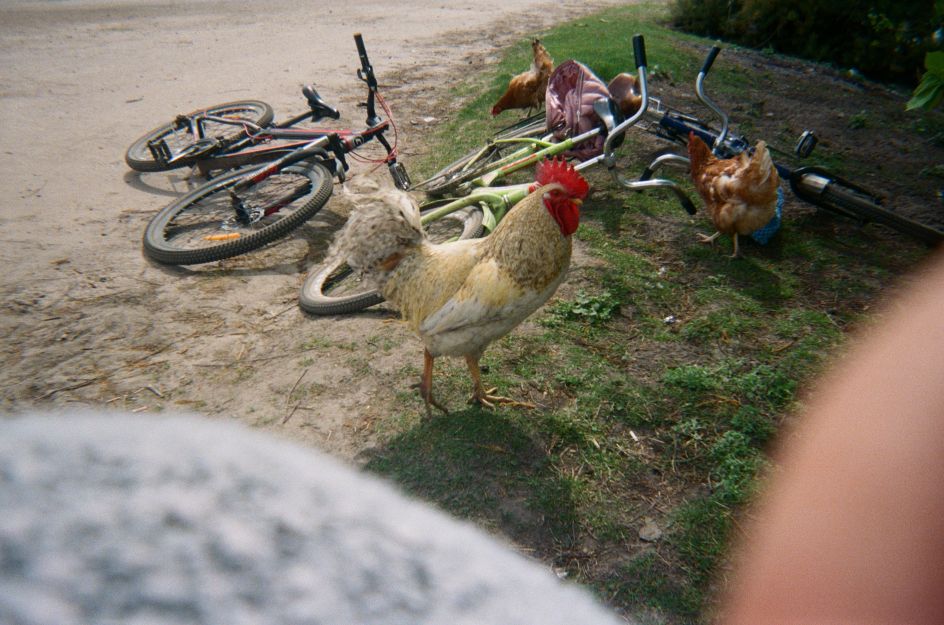
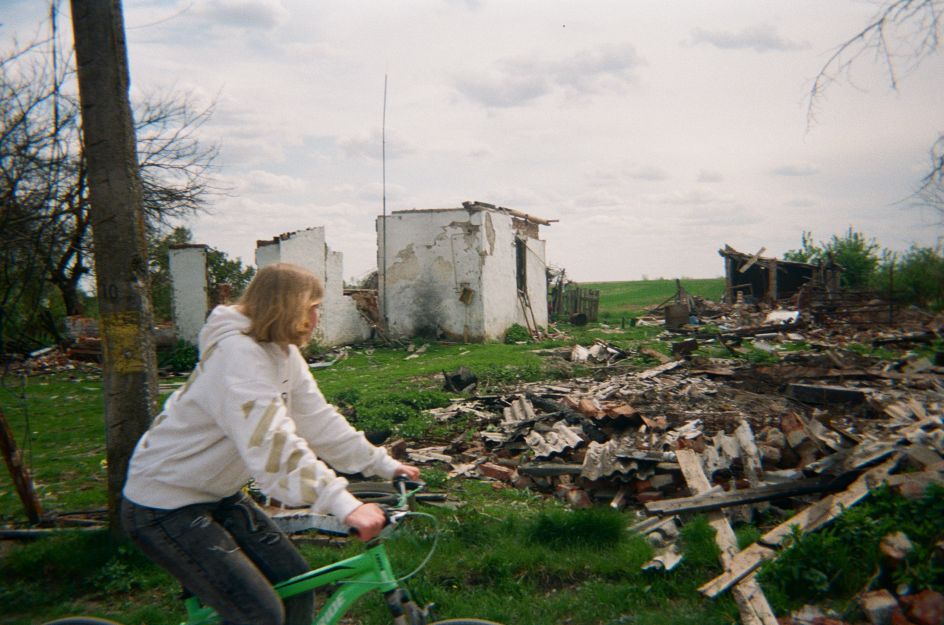
Some of the kids were filming the devastation; they had all the footage in bombed-out houses, burnt-out military equipment and so on. Others had animals and flowers in the photo. It touched us, and we realised it would not be just a story about how we came to a de-occupied village and gave gifts to children."
Yet despite the charity's involvement, Artem points out that they did not incline them towards photography. "I understand it was just an adventure for most of them. Film cameras are so old that they are entirely new for their generation. It was exciting for them because, in the process, they did not see what they were recording. When we brought them the printed photos a month or a half later, they had already forgotten what they had photographed there. They were so delighted; they swiped the photos, looked through them, and discussed them."
In fact, the main reason Behind Blue Eyes got involved was to develop an appreciation for creativity. In rural villages, Artem explains that creativity is mainly seen as a hobby at best. It is not considered serious, especially during wartime when so much has to be built, dug or sown. With photography, though, the children can see that creativity has a use beyond fun.
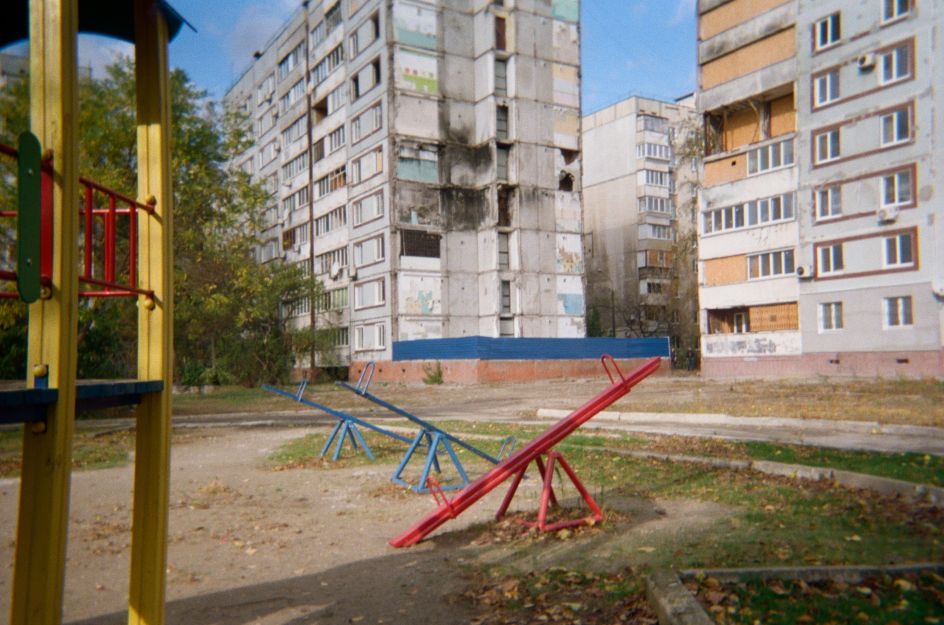
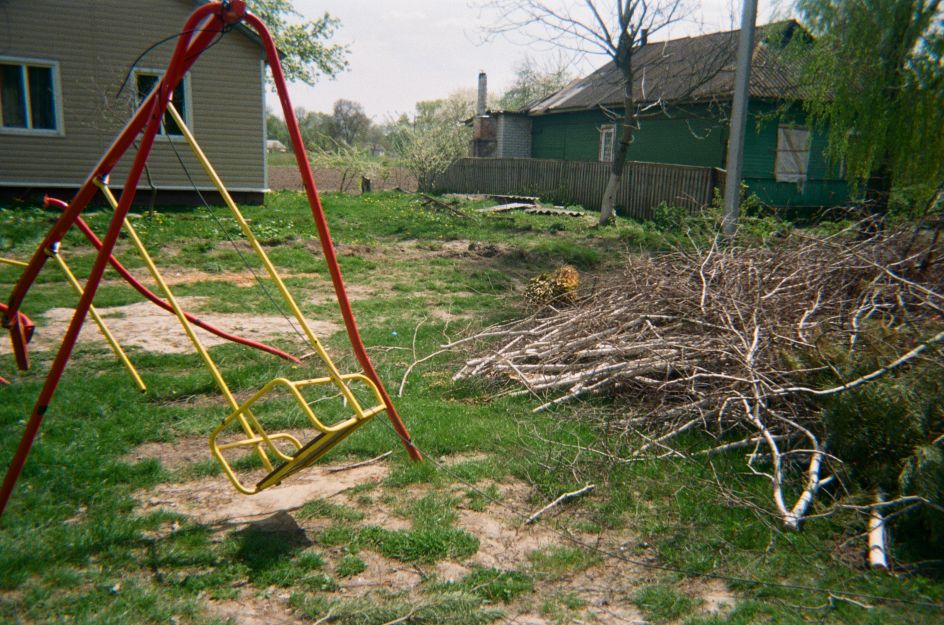
"It can perform serious tasks, such as showing the realities of war," Artem adds. "And, after all, you can make a living with creativity. In our case, the children fulfil their dreams through creativity. We did not say that it fell on their heads just like that because they were poor, unfortunate people sitting in the occupation. They made the content, we brought it to the people, and the people somehow 'paid' them for that content. So, we show how this results from their creative work and that taking a creative path later in life is possible."
Another important element in this project is demonstrating that dreams can come true even during war. Behind Blue Eyes wanted to preserve the children's ability to look to the future, even in such gloomy times. "We want to maintain this spark so that when the child mentally returns to this time, they remember and reflect and do not come away with the conviction that life is war and decay. Yes, everything was terrible during this time, but it was also good. It gives them energy to move forward and not focus on the negative."
Speaking about her experiences working on the project, Behind Blue Eyes team member Liliia Sosnytska says she was struck by how people in the region were processing their experiences. "Every child has their own trauma story, even if they don't think about it that way," she reveals.
"Little Sabrina told us about how her father was kidnapped by the invaders and tortured, how there were lots of Russian soldiers in the village, and how they captured and destroyed the village buildings. The child talked about it calmly, without any sadness, while we walked along the village of Bobrovyi Kut, holding hands and watching the sunset."
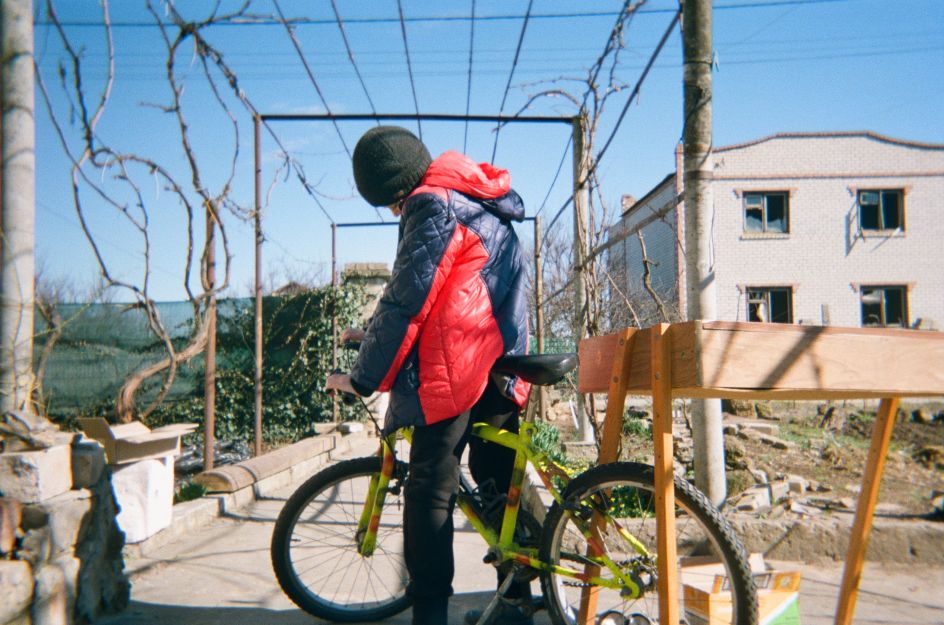
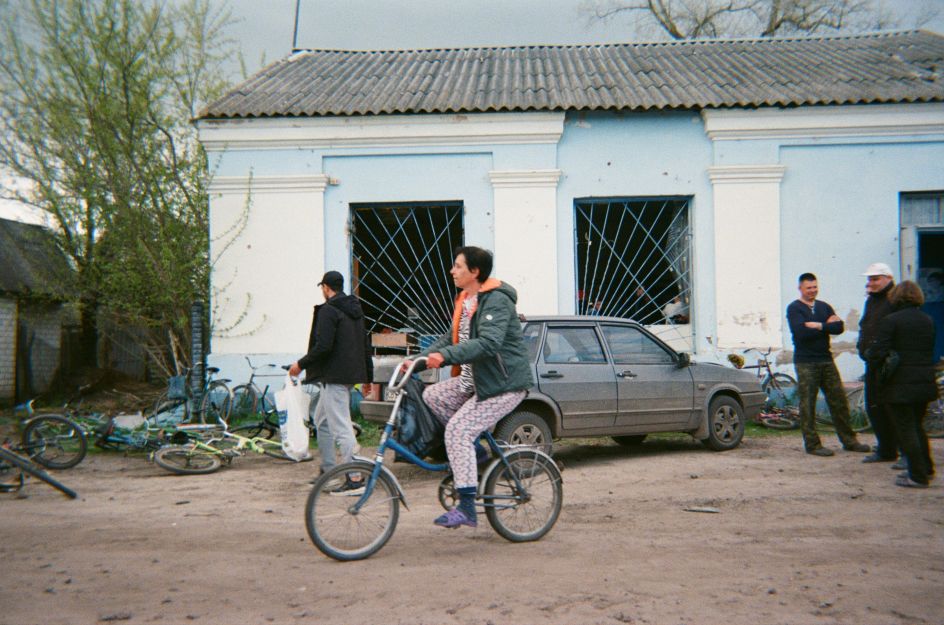
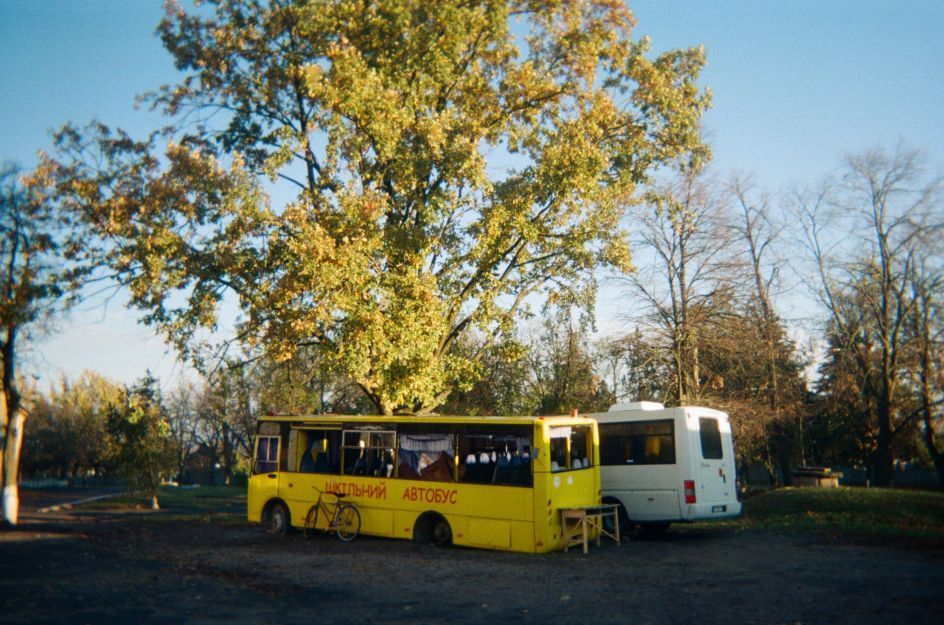
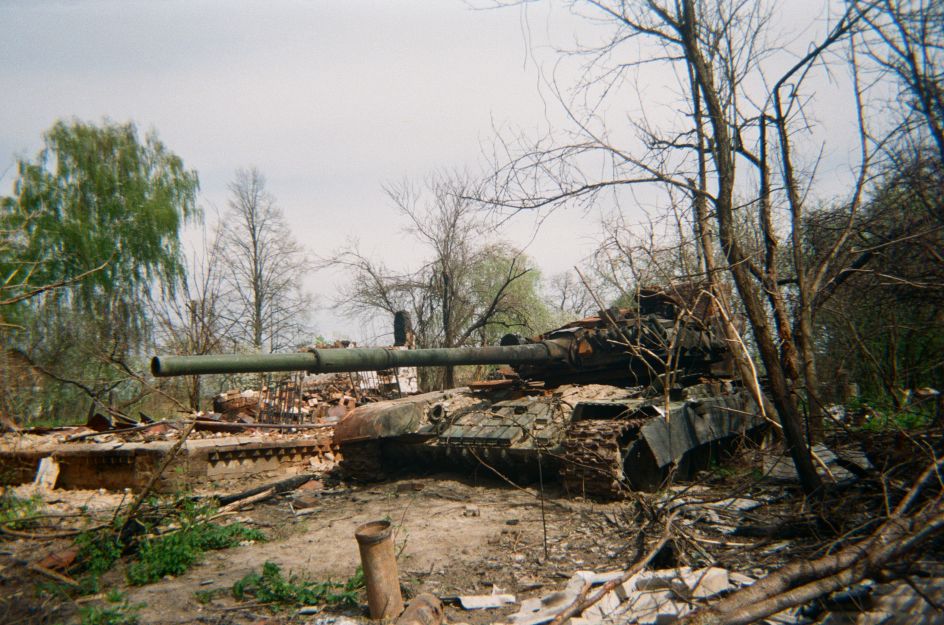
The idea of fulfilling dreams helps the young people of Ukraine to deal with these traumas. "At the end of the year, our team visited the villages of southern Ukraine and reunited the children with 1000 printed photos and fulfilled more than 70 children's dreams," says Artem.
"Among them is a real disco for 13-year-old Yulia from the Lupareve, a pit bike for Bohdan from Bobrovyi Kut, and for Matvyi from Velyka Oleksandrivka: a dream electric scooter. Meanwhile, Natalka from Bobrovyi Kut received Korean language courses, and gamer Oleksiy Balabyne got a brand new workplace with everything he needed to conquer virtual worlds."
As for the project's future, Behind Blue Eyes PM Nataliia Sosnytska says they have a lot of work ahead of them. "We want to test different educational and cultural formats of working with children," she says. "We believe creativity and support can be the key to unlocking any child's potential. Someday, we will open an educational institution where children learn to turn their boundless energy and creativity into real things.
"Nothing is better than giving children a good education and the opportunity to create because they are the country's future. We managed to see during these years of war that, despite everything, our children can show their talent under favourable conditions and with support, even after experiencing terrible pain. We must create a place that can give and multiply this experience because they deserve it."




 by Tüpokompanii](https://www.creativeboom.com/upload/articles/58/58684538770fb5b428dc1882f7a732f153500153_732.jpg)


 using <a href="https://www.ohnotype.co/fonts/obviously" target="_blank">Obviously</a> by Oh No Type Co., Art Director, Brand & Creative—Spotify](https://www.creativeboom.com/upload/articles/6e/6ed31eddc26fa563f213fc76d6993dab9231ffe4_732.jpg)








